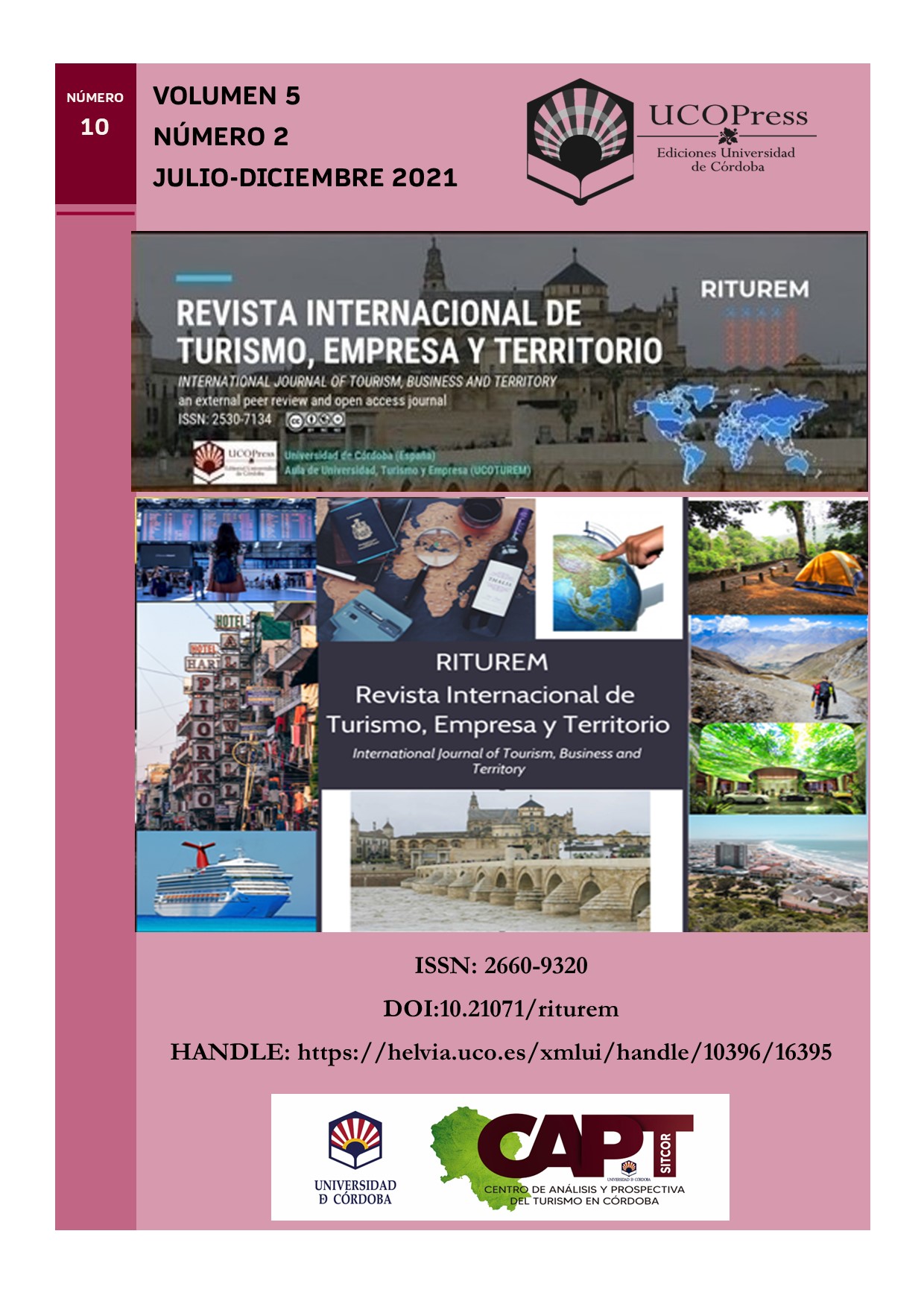Thermalism and tourism: the Carratraca spa (Malaga, Spain)
Main Article Content
Abstract
The present research aims to demonstrate the existence of a parallelism between historical, social, epidemiological, political and economic events with the density of attendance at tourist establishments and especially at thermal stations. The need to conserve the spa's architectural heritage as a reflection of the urban configuration, with the public interest being weighed against private interests. The ability to generate employment in these establishments not only directly for their neighbors, but also indirectly to meet their needs demanding other services, as reflected in the P.I.B. The application of all the budgets described to a specific case, such as the Carratraca Spa.
Keywords: Architecture, tourism, spa, economy, urban planning.
Downloads
Article Details
Copyright Notices Proposed by Creative Commons
Proposed policy for journals offering deferred open access
Those authors who have publications with this journal, accept the following terms:
1. The authors will retain their copyright and guarantee to the journal the right of first publication of their work, which will be simultaneously subject to the Creative Commons Recognition License CC BY-NC 4.0 (Creative Commons — Attribution-NonCommercial 4.0 International — CC BY-NC 4.0 ) hird parties to share the work provided that its author and its first publication is indicated this journal and no commercial use is made.
2. Authors may adopt other non-exclusive licensing agreements for the distribution of the published version of the work (e.g., deposit it in an institutional telematics file or publish it in a monographic volume) provided that the initial publication is indicated in this journal.
3. Authors are allowed and recommended to disseminate their work over the Internet (e.g. in institutional telematics files or on their website) before and during the submission process, which can produce interesting exchanges and increase citations of the published work. (See The effect of open access: http://opcit.eprints.org/oacitation-biblio.html.
